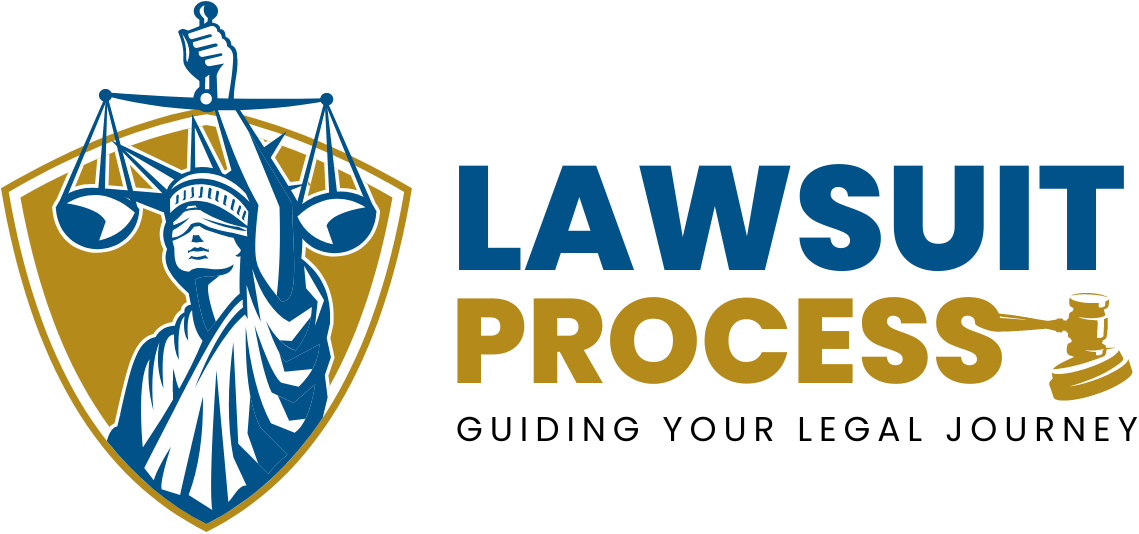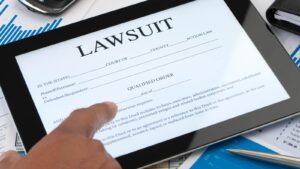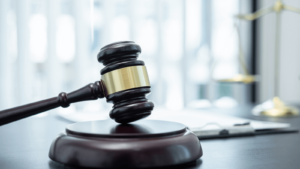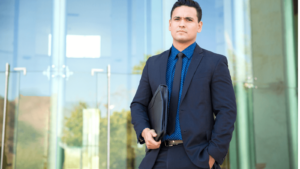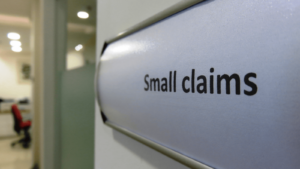Slip and fall accidents are common personal injury claims in the United States, with thousands of people filing lawsuits each year due to injuries sustained on someone else’s property. While these claims may seem straightforward, the legal process can be complex. This article provides a step-by-step guide to understanding the slip and fall lawsuit process in the U.S., from determining liability to settling the case.
1. What is a Slip and Fall Lawsuit?
A slip and fall lawsuit falls under the category of personal injury law known as “premises liability.” It occurs when an individual suffers an injury after slipping, tripping, or falling on another person’s property due to hazardous conditions like wet floors, uneven surfaces, or poor lighting. The injured person (the plaintiff) may file a lawsuit to seek compensation from the property owner (the defendant) for medical bills, lost wages, pain, suffering, and other damages.
2. Understanding Liability in Slip and Fall Cases
The first step in any slip and fall case is determining liability. Under U.S. law, property owners and occupiers (e.g., businesses, landlords) have a legal duty to maintain reasonably safe conditions for anyone legally on their premises. To win a slip and fall lawsuit, the plaintiff must prove one of the following:
- The property owner or occupier caused the dangerous condition.
- The property owner or occupier knew of the dangerous condition but failed to address it.
- The hazardous condition was present long enough that the property owner or occupier should have known about it (constructive notice).
However, liability is not automatic. The plaintiff must demonstrate that the property owner’s negligence led to their injury, and the plaintiff wasn’t acting recklessly or carelessly at the time of the accident.
3. Steps in the Slip and Fall Lawsuit Process
a. Seek Medical Attention
The most crucial step immediately after a slip and fall accident is seeking medical treatment. Not only is this necessary for health reasons, but it also serves as documentation of the injuries sustained. Medical records are key evidence in a lawsuit, proving the extent of the damages caused by the accident.
b. Report the Accident
The next step is to report the incident to the property owner or manager as soon as possible. If the fall occurs in a public place like a store or a workplace, this is typically documented through an accident report. Reporting ensures there is a record of the incident and will serve as additional evidence in court.
c. Document the Scene and Gather Evidence
Collecting evidence is crucial to building a strong case. After the fall, the plaintiff should document the hazardous condition (e.g., take photos or videos of the wet floor, uneven pavement, or poor lighting). Witnesses who saw the fall or are aware of the unsafe condition can also provide statements. Keeping copies of all medical bills, receipts, and related documents is essential for calculating damages later.
d. Consult an Attorney
Most slip and fall victims hire a personal injury attorney who specializes in premises liability. An experienced attorney can evaluate the case, determine whether it’s worth pursuing, and guide the plaintiff through the legal process. Many attorneys work on a contingency basis, meaning they only get paid if the plaintiff wins or settles the case.
e. Filing the Lawsuit
If a settlement cannot be reached, the attorney will file a formal complaint in civil court. This begins the legal process. The complaint outlines the plaintiff’s case, specifying how the defendant’s negligence caused the accident and the damages being sought.
f. Discovery Phase
Once the lawsuit is filed, both parties enter the discovery phase, where they gather information and evidence from each other. This may involve:
- Interrogatories: Written questions that each party must answer under oath.
- Depositions: Out-of-court testimonies given under oath, where attorneys ask the plaintiff, defendant, and witnesses questions.
- Requests for documents: Medical records, accident reports, and other evidence related to the case are exchanged.
g. Mediation or Settlement Negotiations
Before going to trial, many slip and fall lawsuits are settled out of court through mediation or negotiation. During this phase, both parties try to reach a mutually agreed-upon resolution. If the plaintiff accepts a settlement offer, they agree not to pursue further legal action against the defendant. Many cases resolve at this stage to avoid the expense and unpredictability of a trial.
h. Trial
If a settlement cannot be reached, the case proceeds to trial. During the trial, both sides present their evidence, call witnesses, and make legal arguments. The judge or jury will then determine whether the defendant was negligent and, if so, how much compensation the plaintiff is entitled to receive.
4. Statute of Limitations
It is crucial to be aware of the statute of limitations, which is the legal time limit for filing a slip and fall lawsuit. In most U.S. states, this period ranges from 1 to 4 years, starting from the date of the accident. If the lawsuit is not filed within this time frame, the plaintiff may lose the right to pursue compensation.
5. Damages in Slip and Fall Lawsuits
If the plaintiff is successful, they may be entitled to various types of damages, including:
- Medical expenses: Past, current, and future medical bills related to the injury.
- Lost wages: Compensation for time missed from work due to the injury.
- Pain and suffering: Non-economic damages for physical pain, emotional distress, and loss of quality of life.
- Loss of earning capacity: If the injury affects the plaintiff’s ability to work in the future.
- Punitive damages: In rare cases, punitive damages may be awarded to punish the defendant for egregious negligence.
6. Factors That May Affect the Outcome
Several factors can influence the outcome of a slip and fall lawsuit:
- Comparative negligence: If the plaintiff was partially responsible for the accident (e.g., not paying attention or ignoring warning signs), their compensation may be reduced under comparative negligence laws.
- Type of property: Different rules may apply depending on whether the accident occurred on private property, public property, or a business premise.
- Condition of the plaintiff: The defense may argue that the plaintiff’s physical condition or pre-existing injuries contributed to the fall.
- Presence of warning signs: If the property owner took reasonable precautions, such as posting warning signs about a wet floor, the plaintiff’s case may be weakened.
7. Conclusion
Slip and fall accidents can result in serious injuries and significant financial burdens. However, the legal process to recover compensation requires careful preparation and a clear understanding of liability, evidence, and the legal system. Consulting with an experienced personal injury attorney can significantly increase the chances of a successful outcome. If you or a loved one has been injured in a slip and fall accident, understanding these steps can help you navigate the process and ensure you receive the compensation you deserve.
